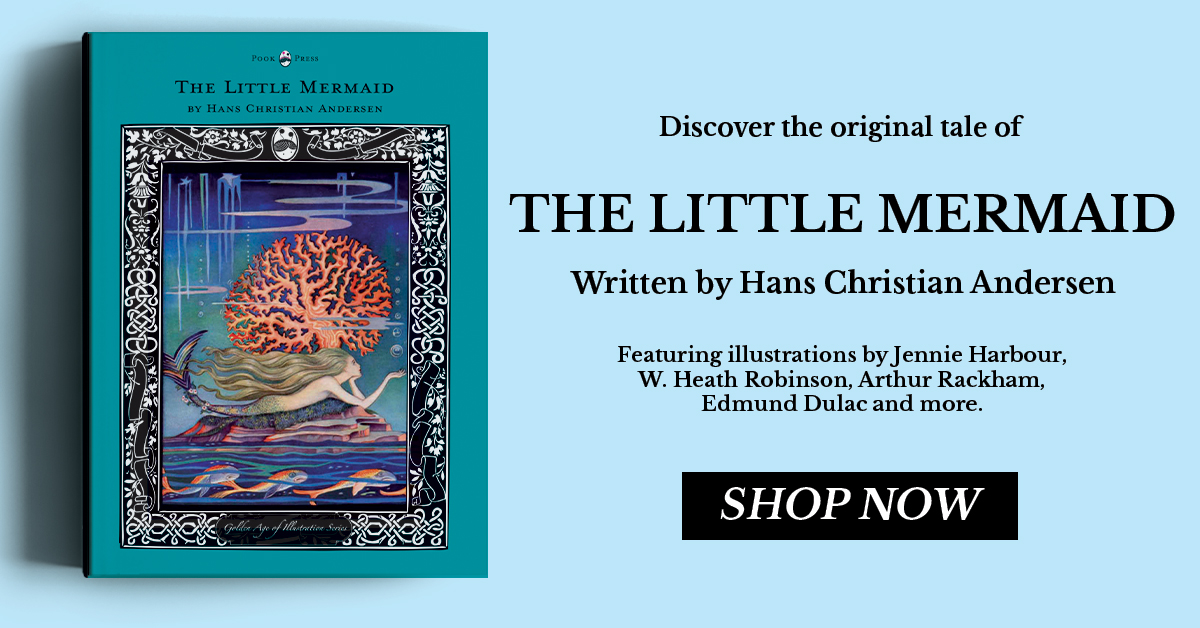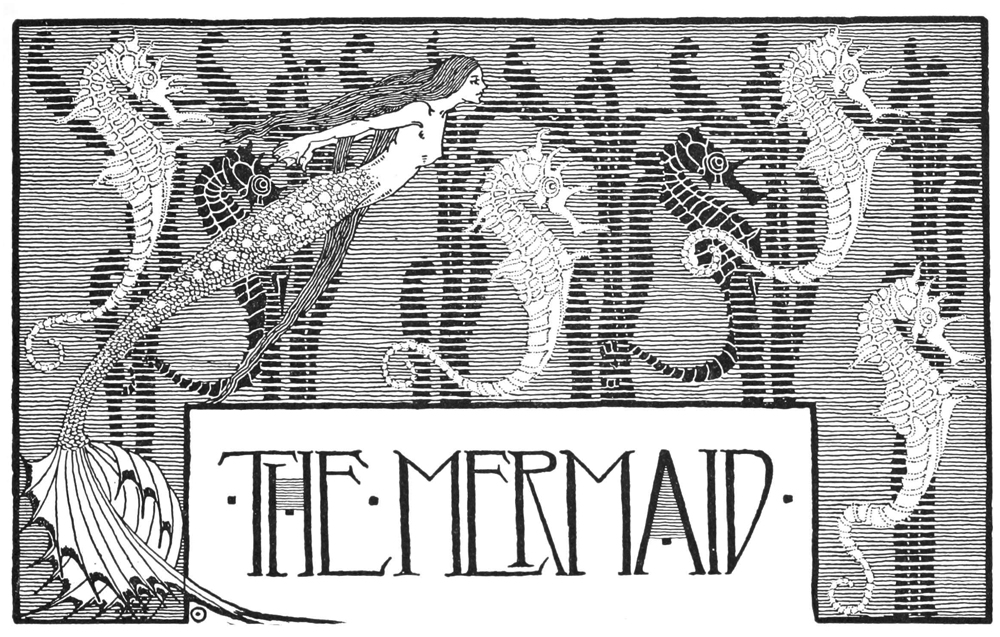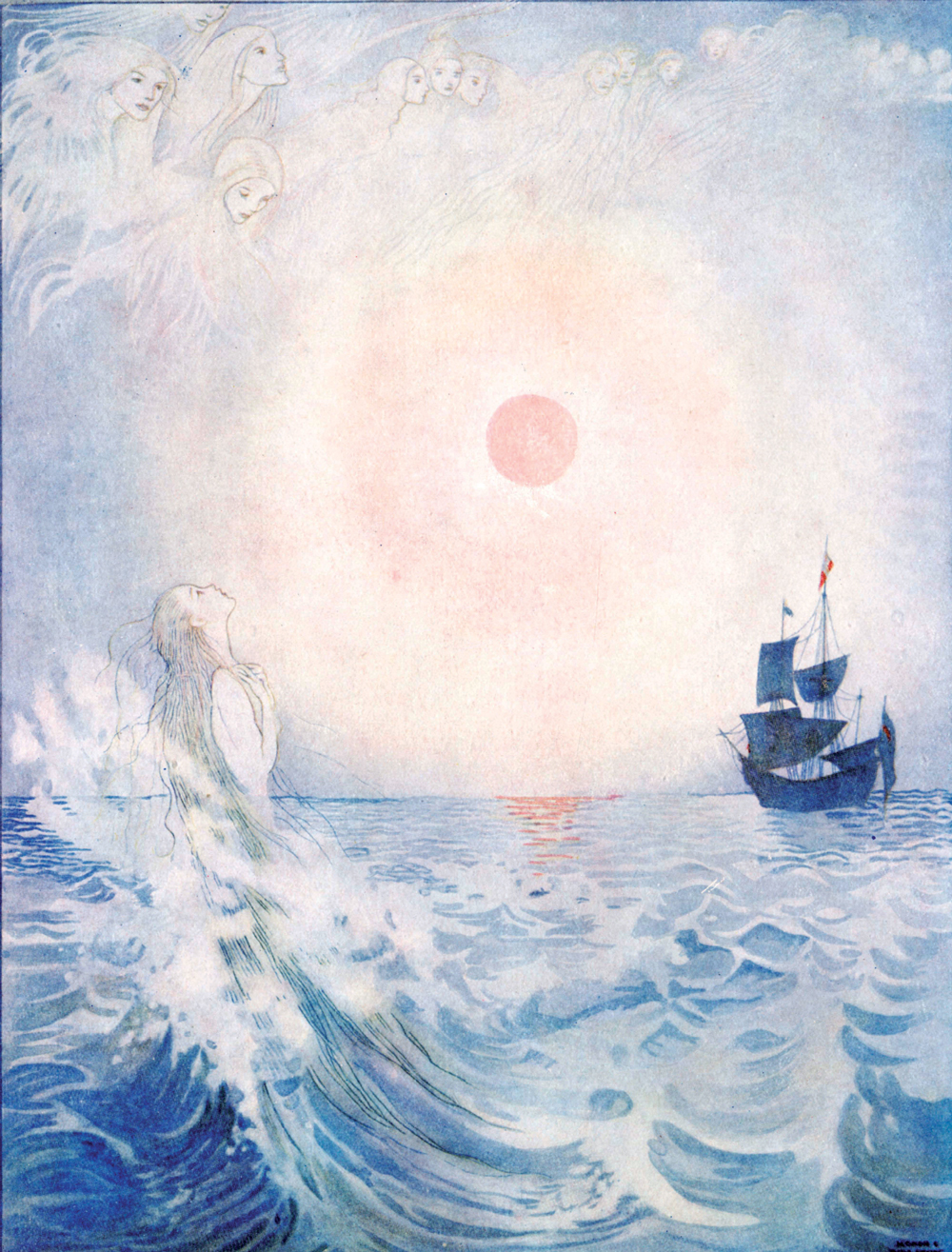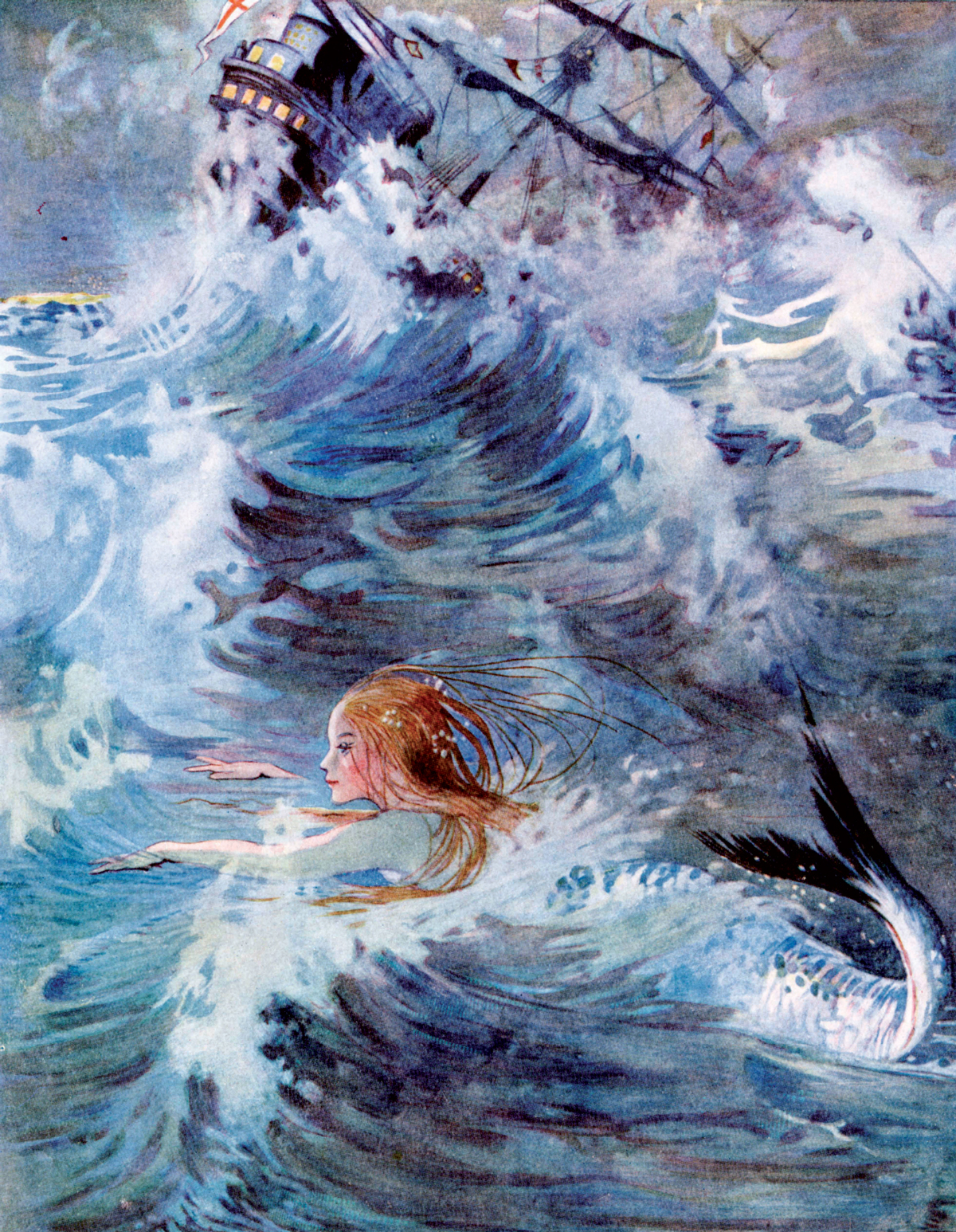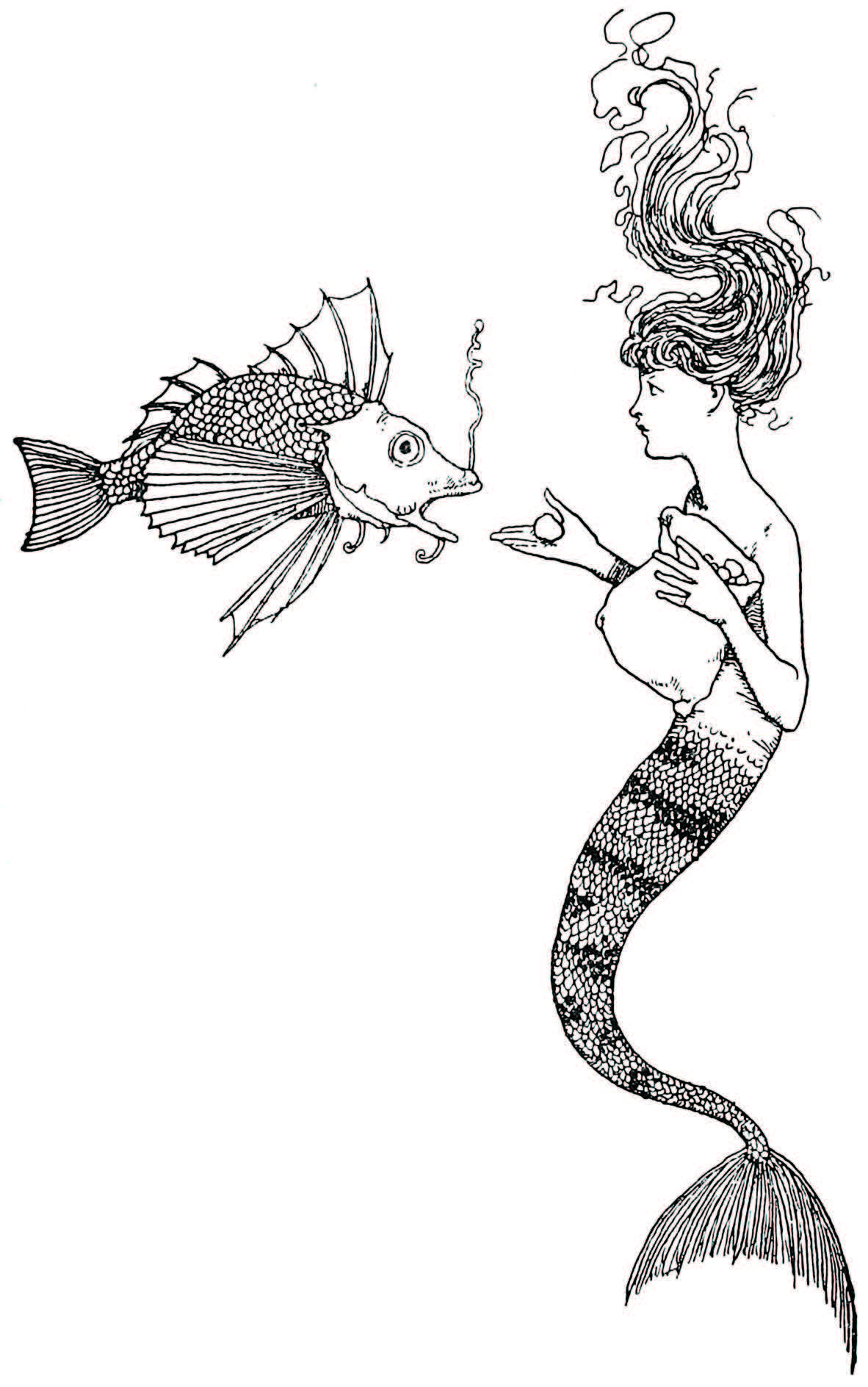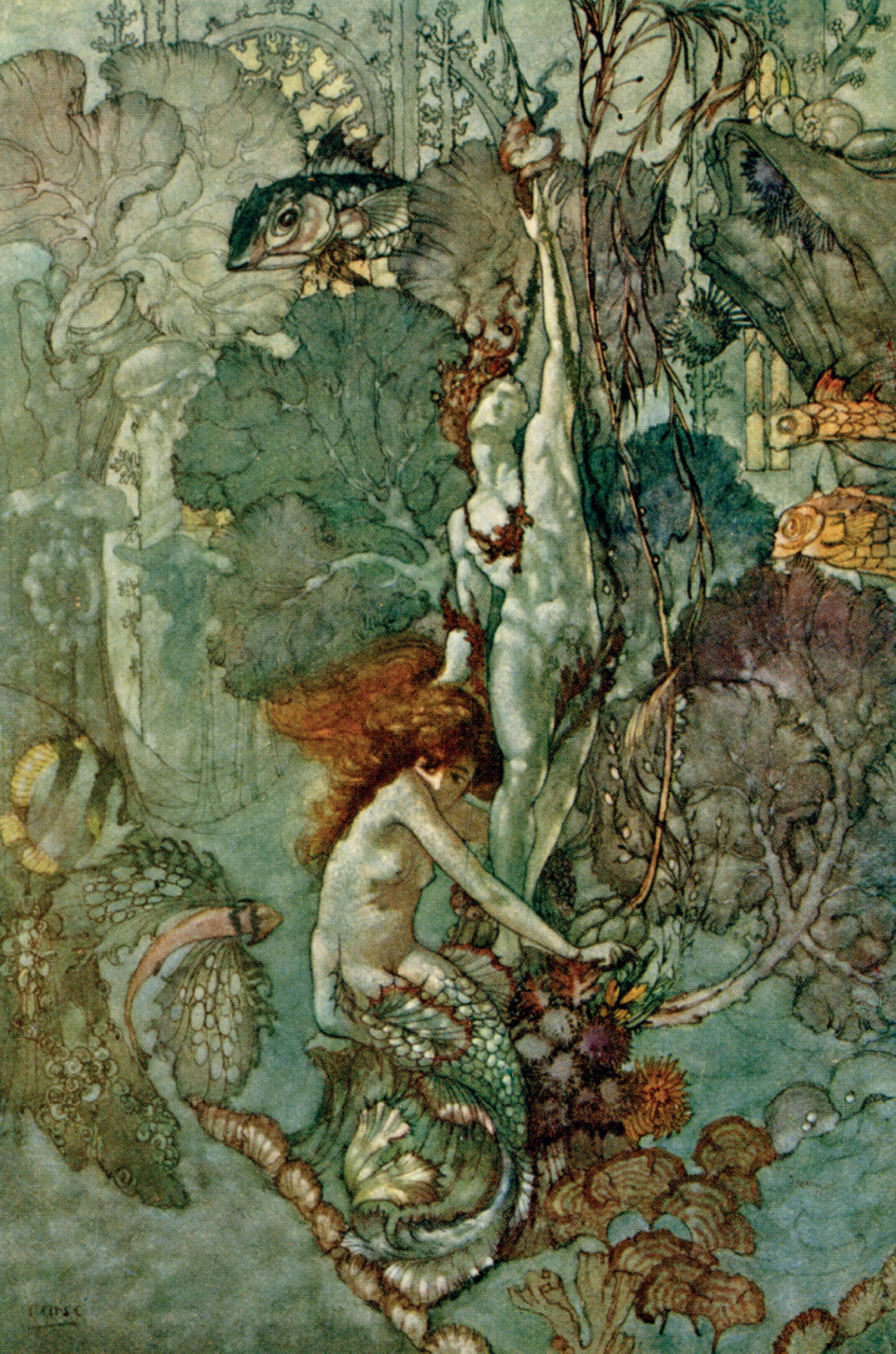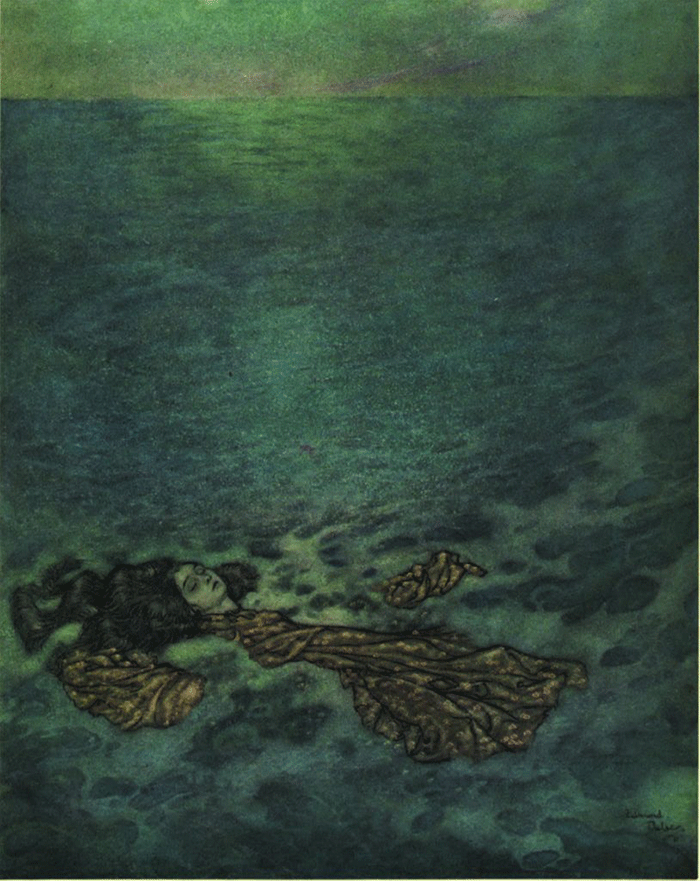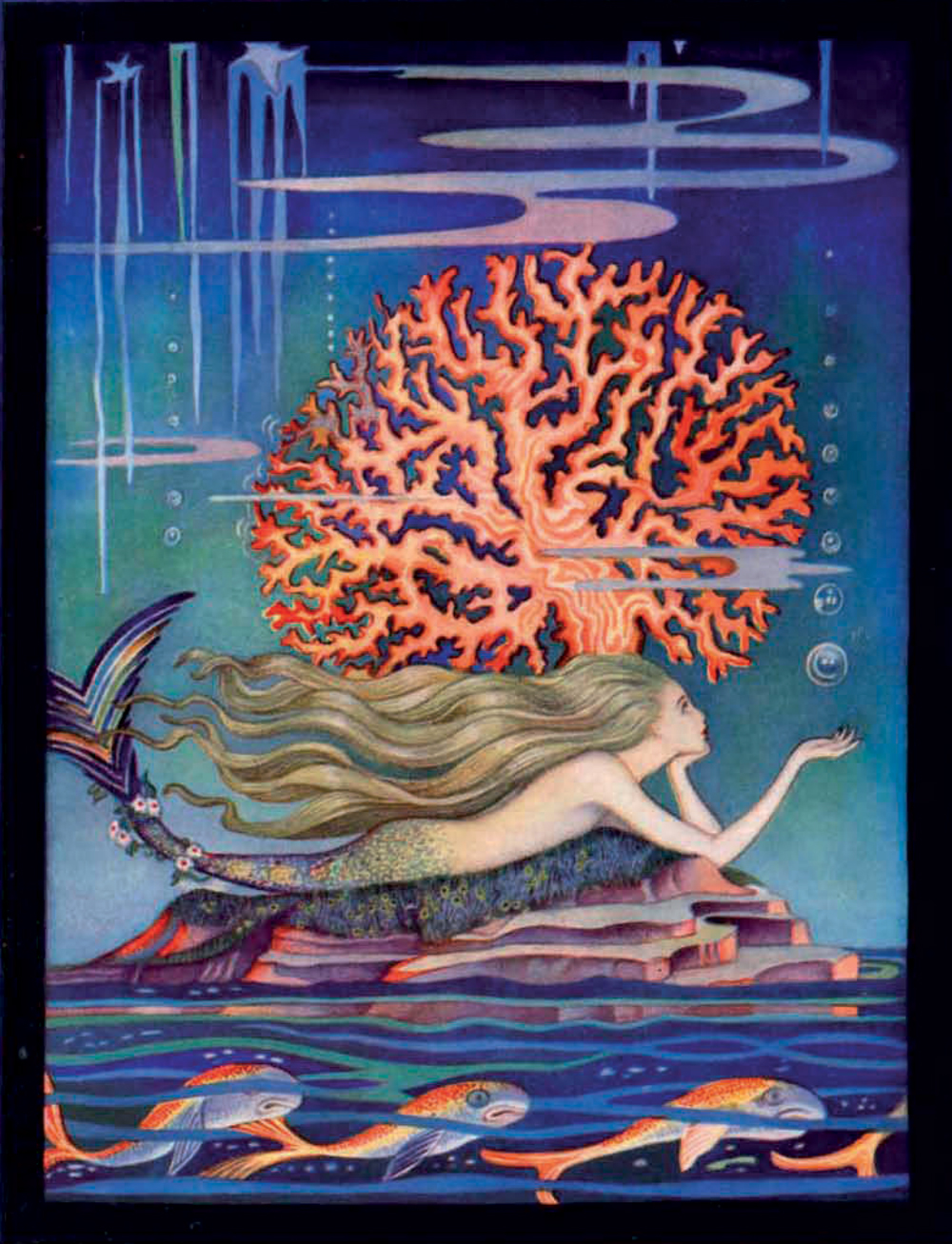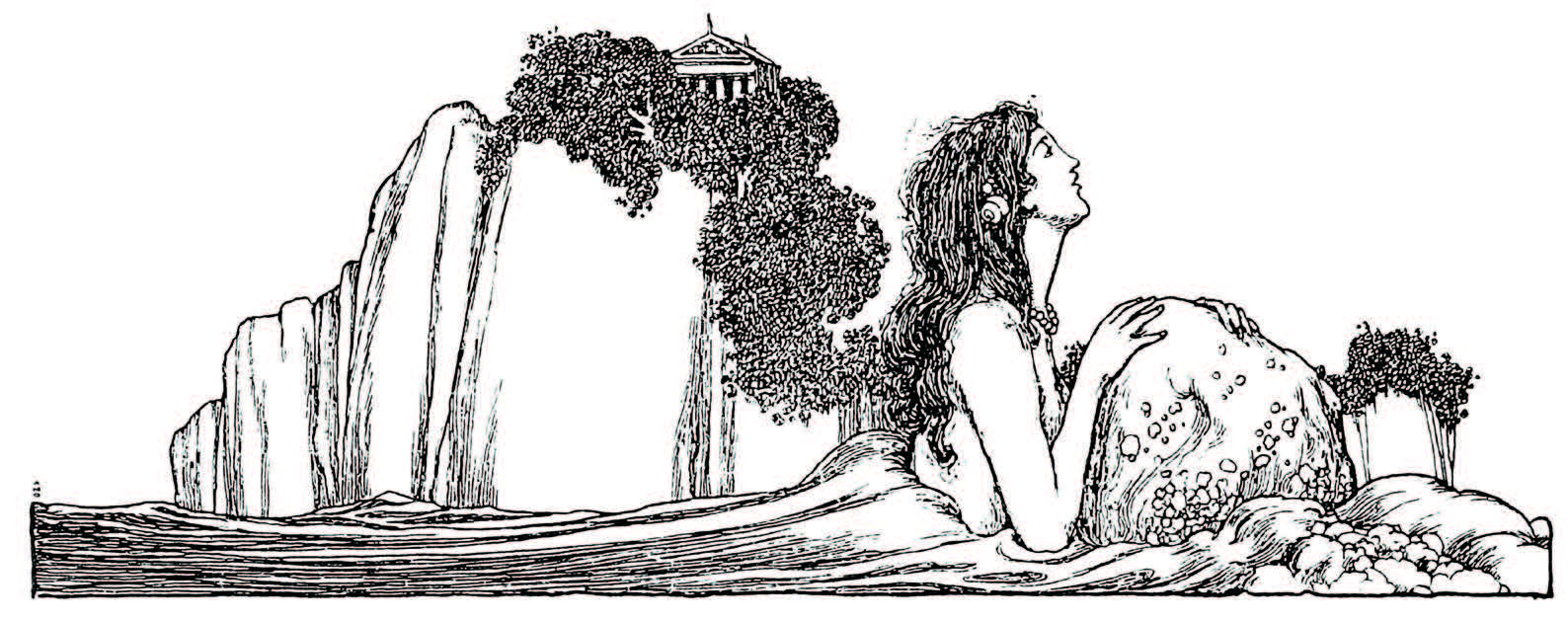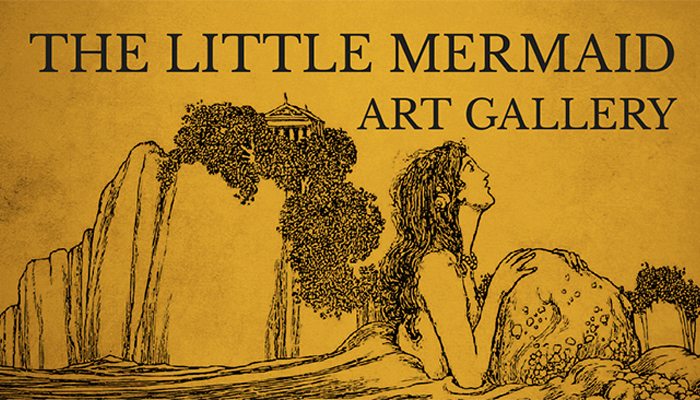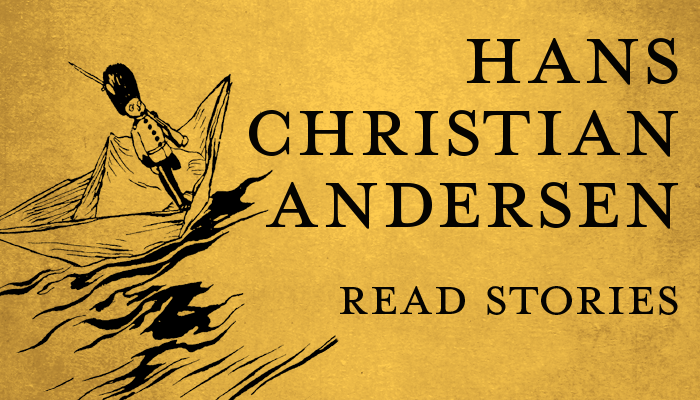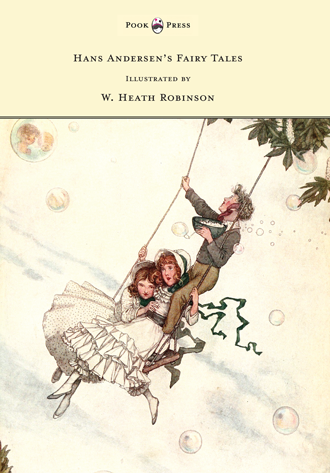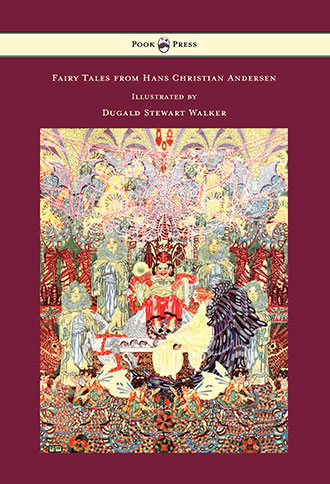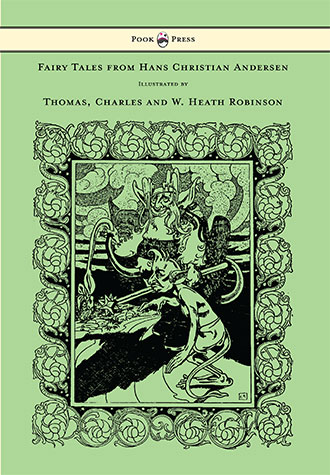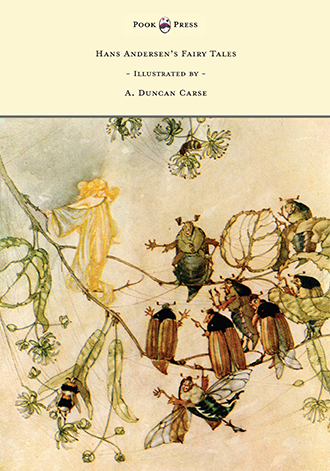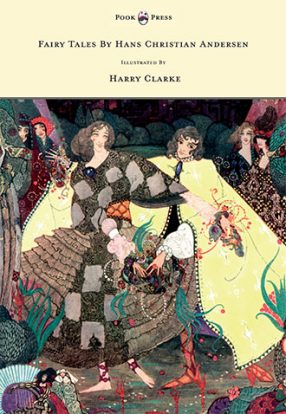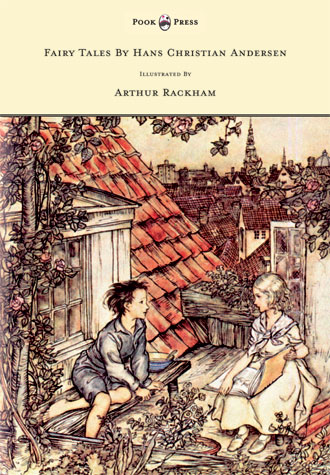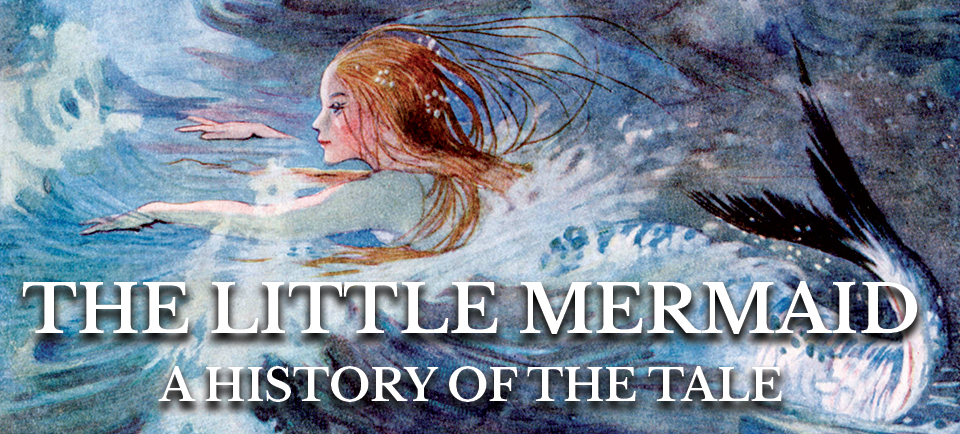
The Little Mermaid – A History of the Tale
The tale of The Little Mermaid is a treasured favourite for many people worldwide, but how well do you know the original story and its darker ending?
Imagine plunging into the depths of the sea and uncovering an enchanting kingdom, ruled by mermaids. You might wonder who would ever want to leave a magical, underwater palace, but one young mermaid wants nothing more than to live in the light of day, and be requited with her handsome prince…
Far out in the ocean the water is as blue as the petals of the most beautiful corn-flower, and as clear as the purest glass… dwell the Sea King and his subjects.
Who Wrote The Little Mermaid?
Hans Christian Andersen wrote the fairy tale, The Little Mermaid, in 1836. Andersen was a Danish author, born in Odense, Denmark on the 2nd of April 1805. He had a difficult start in life, being born to poor parents and growing up in a one-bedroom home. His father was ill and passed away when Andersen was only eleven, forcing his mother to send him away to earn money. He was an apprentice weaver, then worked in a tailor’s and a tobacco factory.
Leaving Odense aged fourteen, Andersen tried to make it as a singer, a ballet dancer and a manual labourer. His true passion, however, was writing. At seventeen when he met James Collin, the director of the Royal Danish Theatre, he found luck. Collin persuaded King Frederik VI to help fund Andersen’s education, thus giving him a real chance at becoming a successful writer. Andersen described these years as the most unhappy times in his life; he was bullied by the other students, abused by his schoolmaster and may have struggled with dyslexia. Despite this, he went on to study at the University of Copenhagen, then proceeded to travel, writing his famous travelogues as he went.
Andersen was a writer of many forms: novels, plays and poetry, but his fairy tales are well-known and loved by people across the world. The charming, original story of The Little Mermaid was published in Copenhagen by C.A. Reitzel on 7th April 1837, in the first collection of Fairy Tales Told for Children.
The Original Tale of The Little Mermaid
The original tale follows a similar storyline to many of the adaptations we know and love today: a young mermaid longs to leave the gloomy depths of the ocean and join the humans above the waves. After saving a handsome prince from drowning, she sacrifices her voice to a sea witch, in order to be with her beloved on dry land. In Andersen’s version, the sea witch cuts out the mermaid’s tongue (a gory detail that Disney understandably left out) and gives her a pair of legs in exchange. The legs come at a higher cost than just her voice, though. Every step the princess takes will feel as though she’s walking on knives, and once she has taken the form of a human, she will never be able to become a mermaid again. She won’t be able to swim in the depths of the ocean or see her family. And the worst of all the sea witch’s terms: if the mermaid is unable to make the prince fall in love with her, she will die on the first sunrise after he has wed another. Despite all this, the mermaid agrees to the witch’s conditions and goes to win the heart of her handsome prince on her quest for true love.
Unfortunately for the Little Mermaid, it’s not quite the happy ending she was expecting. Instead of the prince falling in love with the mermaid, he mistakenly falls for another maiden. The little mermaid is heartbroken and can only watch as her time runs out to capture the heart of the prince. On the last evening of the mermaid’s life, her sisters rise out of the sea to tell her that they’ve struck a deal with the sea witch. The mermaid’s sisters exchanged their hair for an enchanted knife. Giving the knife to the mermaid, they tell her that she must plunge the blade into her prince’s heart and allow his blood to drip onto her feet. They will then grow together again as a fishtail and she’ll be allowed to return to the ocean. The mermaid loves the prince so much that she can’t bring herself to end his life, and so instead she throws the enchanted knife out to sea and dives in after it, sacrificing herself. As dawn arrives, the mermaid is reduced to sea foam.
The Little Mermaid’s Original Ending
The Little Mermaid was not Hans Andersen’s first title for his fairy tale. The working title was ‘Daughters of the Air’, because the story ends with the mermaid rising from the foam and being greeted by ethereal beings. These spirits earn immortal souls and, therefore, access to eternal life, by doing 300 years of good deeds. They explain that the mermaid earned the chance of eternal life by sacrificing her life to save the prince. The story then ends with a moral tale for children: the daughters of the air tell the mermaid that for every child they find who performs good deeds, a year is taken off their three-century wait for a soul, but every naughty child they come across makes them cry, and for each tear wept, another day is added to their in-between life.
Hans Christian Andersen’s original ending has received mixed reviews. Author of Mary Poppins and fairy tale commentator, P.L. Travers stated, ‘This final message is more frightening than any other presented in the tale. The story descends into the Victorian moral tales written for children to scare them into good behaviour… Andersen, this is blackmail. And the children know it and say nothing. There’s magnanimity for you.’
She cast one more lingering, half-fainting glance at the prince, and then threw herself from the ship into the sea, and thought her body was dissolving into foam.
The Truth Behind the Fairy Tale
Andersen often wrote on themes of unrequited love and heartbreak, in fact, he never married himself, despite seemingly falling in love numerous times. The Little Mermaid was written after the marriage of his close friend, Edvard Collin. Andersen wrote love letters to Collin containing sentiments such as, ‘I long for you, yes, this moment I long for you as if you were a lovely girl… My sentiments for you are those of a woman. The femininity of my nature and our friendship must remain a mystery’. The fact that Collin didn’t reciprocate these feelings was a cause of great distress for Andersen. Themes of melancholy and a longing to be part of something out of reach were present in Andersen’s personal life, and are reflected in his writing, particularly in The Little Mermaid.
The Little Mermaid Characters and Adaptations
There are countless retellings of The Little Mermaid, but the vast majority keep many of the original story’s characters in their adaptations. Arguably the most well-known adaptation is Disney’s 1989 animation, and although many of Andersen’s characters appear in the film, one of the most noticeable differences is the omission of the mermaid’s grandmother. The Disney film christens the Sea King ‘King Triton’, and although Kenneth Mars does a brilliant job of voicing the character, the little mermaid’s father doesn’t play as large a role in the original tale. The Sea King is assisted in the raising of his daughters by his mother, and it is she who holds the utmost authority. The little mermaid’s grandmother guides the young princess in life: telling her the secrets of humans and immortal souls. It is also the Sea King’s mother who mourns for her granddaughter when she chooses to become human. Disney has an upcoming live-action adaptation, starring Halle Bailey as Ariel. It will be interesting to see how The Little Mermaid live-action (due for release in 2021/2022) compares to the 1989 film, and to Andersen’s original tale.
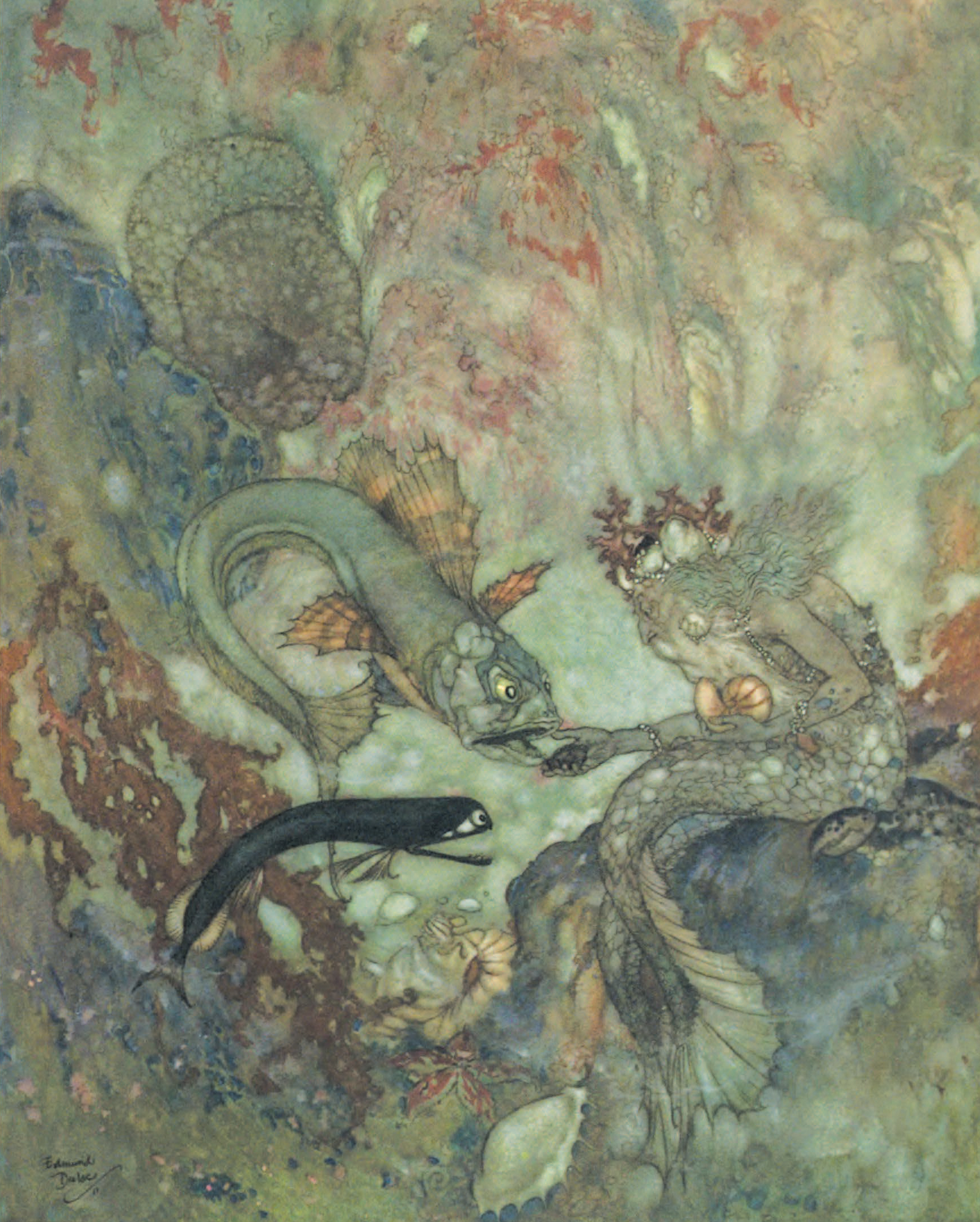
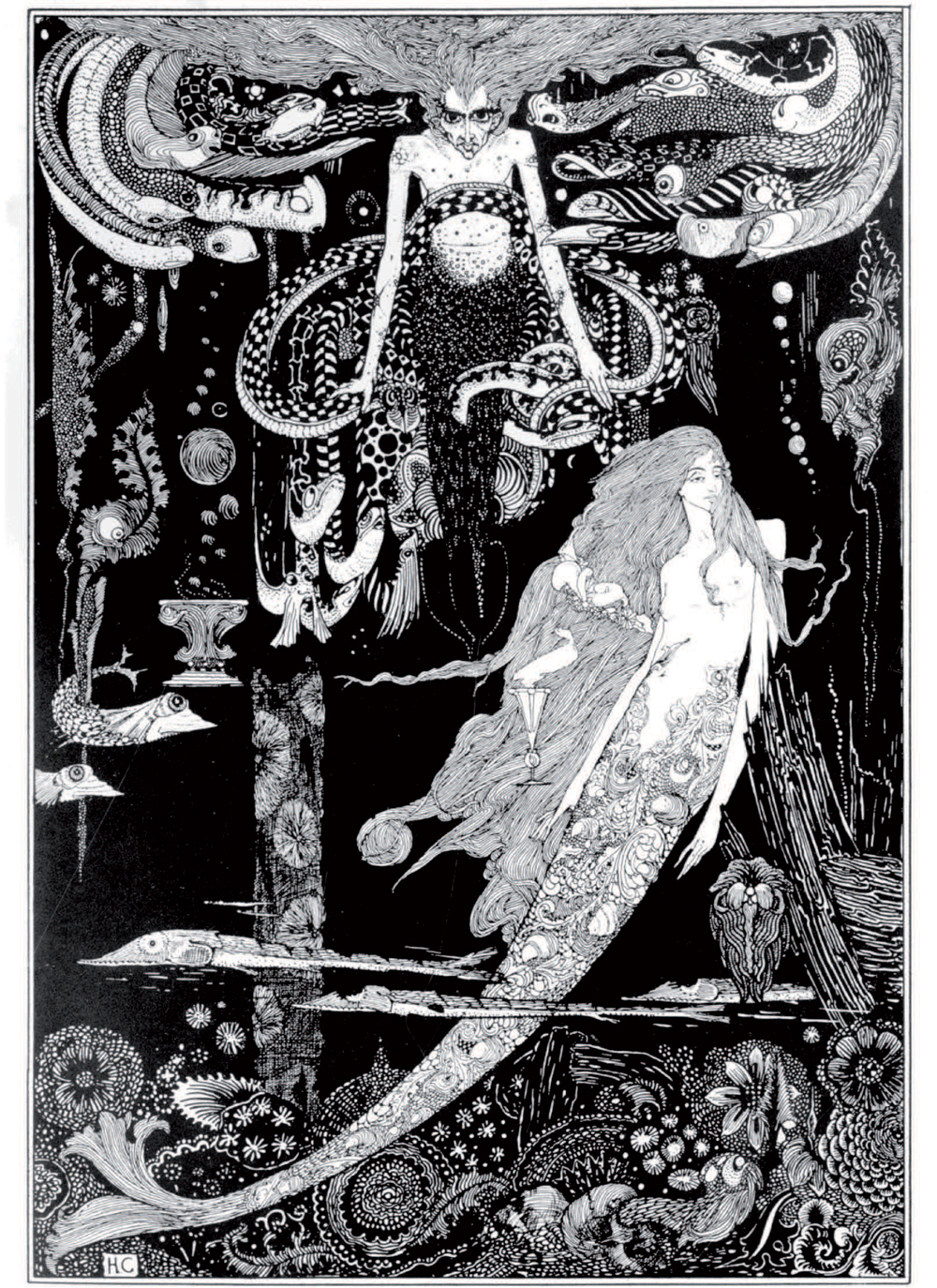
The Little Mermaid Statue
Another widely known adaptation of the fairy tale is the Royal Danish Ballet’s production. Carl Jacobsen, son of the founder of Carlsberg, went to see the performance at the Royal Danish Theatre in Copenhagen. Jacobsen was enthralled by the ballet and he commissioned Edvard Eriksen to sculpt a statue of the mermaid. The sculpture was based on Ellen Price, who danced the lead role of the ballet in 1909. The statue was unveiled on 23rd August 1913 and was a gift from Jacobsen to Copenhagen. It is a major tourist attraction, and an official copy of it still sits on the rocks of the Langelinie harbour today, greeting the boats as they come in.
The Illustrators of The Little Mermaid
Andersen’s fairy tale has such beautiful, vivid imagery that it should come as no surprise that the amount of talented illustrators who have put to page their own interpretation of the story is numerous. Kay Neilsen was credited as a Visual Development Artist for Disney’s 1989 animation; the illustrator had passed away by this time, but his concept images were used. Other artists who have illustrated The Little Mermaid include Anne Anderson, Honor Appleton, Harry Clarke, Edmund Dulac, Jennie Harbour, Arthur Rackham, and W. Heath Robinson.
Selected Books

